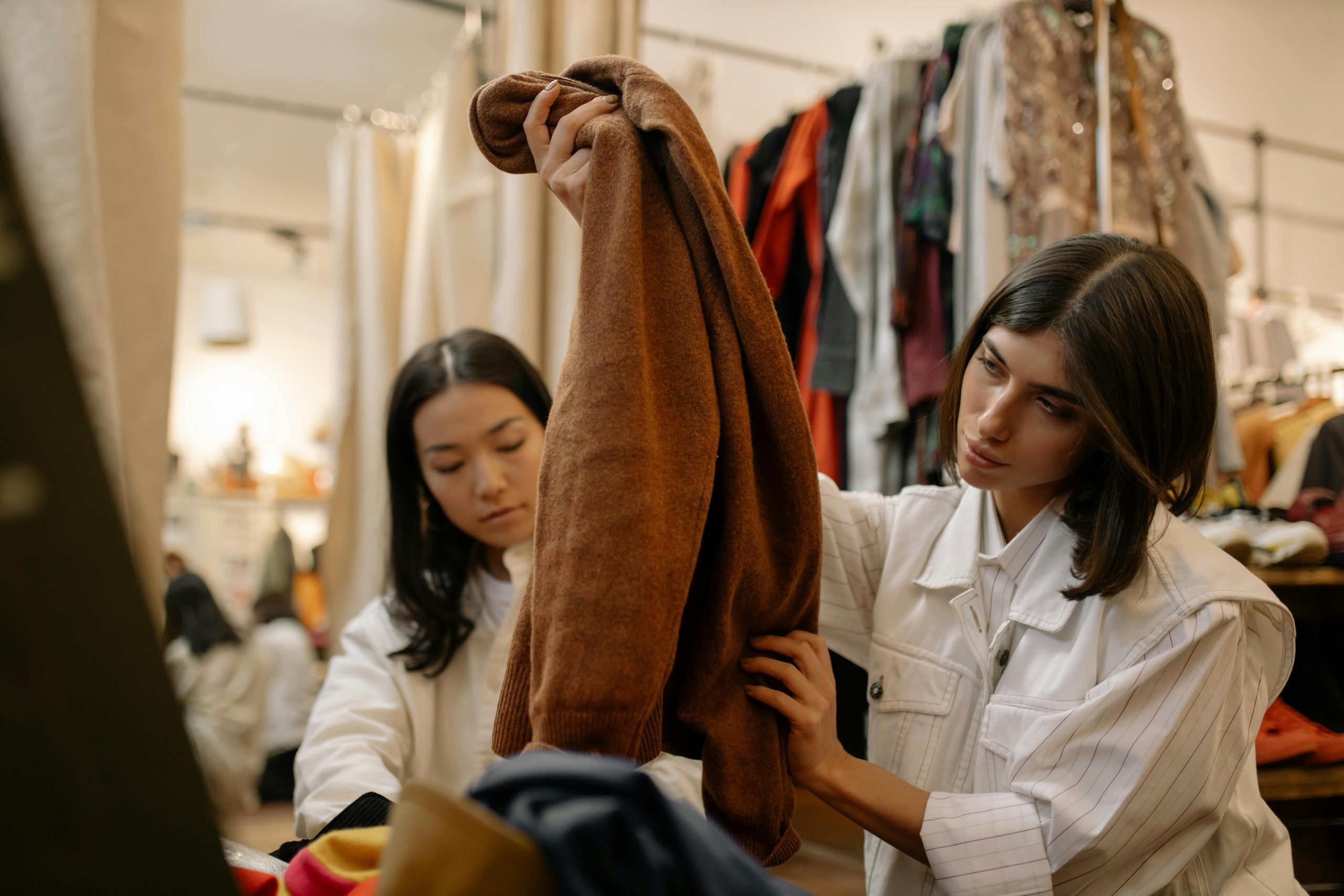There is something about the act of walking into a thrift store. The fluorescent lights flicker overhead, casting a pale glow on dusty shelves, mismatched mugs, and once-loved furniture. The air is quiet, patient. Everything seems to wait. In the corners and on cluttered racks lie forgotten treasures. Not in their monetary value, but in the stories they once held and the hands they may serve again.
Thrift store flipping, at its heart, is not about greed. It is about discernment. It is about seeing beauty and worth where others saw none. It is about resurrection. What one person discards, another can revive, restore, and release into the world anew.
To flip is to honor resourcefulness. And to thrive in this world is to know what to choose and what to leave behind.
The Wisdom of What to Seek
Some items seem to carry time within them, and buyers feel this too. When you are flipping, your eye must be trained not just on appearance, but on potential.
1. Upholstered Furniture
There is something regal about a well-built chair hidden beneath dreadful fabric. Do not be deterred by ugly colors or frayed cushions. If the bones are strong, and you have the skill or means to reupholster, you can transform what looks tired into something almost aristocratic.
2. College Textbooks
Their covers may be creased and their margins marked with desperate notes, but certain textbooks carry real value. Especially if still in use, these can fetch excellent prices online. Websites can help you calculate resale value instantly, and thrift stores often price them to clear.
3. First Editions and Classic Books
Hardbacks with worn spines and yellowed pages may carry more than nostalgia. First editions, particularly of beloved series, can become the prize of a collector’s shelf. Look for names like Tolkien, Montgomery, or Wilder, and remember that stories can age into worth.
4. Old Cameras and Vintage Equipment
A dusty lens, a forgotten SLR camera, a leather case smelling of the 1970s. These are sought by collectors and artists who yearn for the tactile charm of analog. Test functionality when possible. What may look like a relic could be the favorite tool of a modern creator.
5. Record Players and Classic Vinyl
Vinyl has found its way back into our lives, bringing with it turntables and the soft crackle of nostalgia. A working record player is a valuable find, and certain records — depending on rarity and artist — can be quietly priceless.
6. Vintage Toys and LEGO Sets
Childhood lives in these items. Their appeal spans generations. Classic board games in original packaging, sturdy toys from decades past, and full LEGO sets are favorites among collectors and parents alike. Look for condition, completeness, and charm.
7. Kitchenware and Pyrex Dishes
Glass baking dishes with floral prints, colorful mixing bowls, vintage measuring tools. These items have become symbols of warmth and history. They remind people of grandmothers, of kitchens filled with steam and laughter. Many will pay for that feeling.
8. Used Smartphones and Tech Devices
We live in a culture of upgrade. Many people discard working devices simply because they want the next version. This opens up a market for reselling gently used phones and tablets, especially when they are unlocked and cleaned.
9. Antique Chocolate Molds and Mason Jars
Once tools of domestic ritual, now coveted for their charm and scarcity. Cobalt blue bottles and aged mason jars are beloved by collectors and home decorators alike. Their value lies in their craftsmanship and their story.
10. Clothing with Meaning
Brand name labels with tags intact. Vintage maternity wear with stretch and structure. Old band tees that still whisper songs from decades ago. Fashion always circles back. What was once passé becomes chic again. Know what brands and eras are trending, and your eye will become your most valuable tool.
11. Musical Instruments and Old Globes
A violin without strings. A trumpet needing polish. A globe with countries that no longer exist. Each carries a narrative that buyers find irresistible. Clean them. Restore them. Let them speak again.
The Kindness of What to Leave Behind
Not everything old is valuable. Some things are simply tired. Others are so common they no longer draw desire. Knowing what to skip is an act of mercy for your time, for your wallet, and for the piece itself.
Skip furniture with broken frames or water damage. Leave behind electronics that cannot be tested. Avoid clothing that smells of mildew or shows irreversible wear. Do not be seduced by trends without researching resale value. Not all nostalgia translates into profit.
The Craft of Preparation
Finding the item is only the beginning. The art of flipping lives in how you prepare it for its next life.
Clean thoroughly. Photograph with care. Write listings that tell the item’s story. A well-lit image of a vintage chair in a cozy corner will sell faster than a dusty warehouse shot. Buyers are seeking something that makes them feel. Your job is to help them feel it.
Be honest in your descriptions. Transparent in your communication. When someone buys from you, they are trusting your eye and your word.
The Soul of the Flip
Flipping is more than income. It is a form of curation. You are collecting fragments of the past and offering them to someone who will cherish them. You are keeping beauty from being buried in dust and landfill.
This is a kind of stewardship. It is work that calls for vision, patience, and care. So walk slowly through the next thrift store you enter. Touch the things others have forgotten. Look closely. See potential where others saw none.
